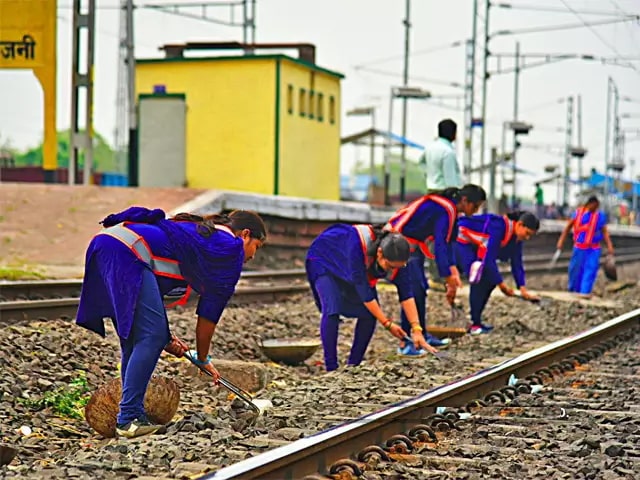
In the news
- The Union Minister for Environment, Forest, and Climate Change, released the report on the Status of Leopards in India at New Delhi.
About Indian Leopard
- The Indian Leopard (Panthera pardus fusca) is a leopard subspecies widely distributed on the Indian subcontinent.
- These are the smallest of the big cats.
- They are known for their ability to adapt to a variety of habitats.
- They are strong and agile predators that can climb trees and drag their prey up for safety.
- Conservation Status:
- IUCN Red List: Vulnerable
- CITES: Appendix I
- Wildlife (Protection) Act, 1972: Schedule I
|
About the Fifth Cycle of Leopards Estimation
- The fifth cycle leopard population estimation was conducted by the National Tiger Conservation Authority (NTCA) and Wildlife Institute of India (WII), in collaboration with State Forest Departments.
- It covered 18 States of India, and focused on about 70% of the animals’ expected habitat.
- The estimation focused on forested habitats within 18 tiger states, covering major tiger conservation landscapes. Non-forested and high Himalayan regions were excluded.
- A comprehensive foot survey spanning 6,41,449 km and camera traps at 32,803 locations resulted in 85,488 photo-captures of leopards, providing valuable insights into their distribution and abundance.
Key Findings
- Population Estimate: India’s leopard population is estimated at 13,874 individuals, signifying stability compared to the 2018 estimate. Notably, this estimation covers 70% of leopard habitat, excluding areas like the Himalayas and semi-arid regions.
- Regional Trends: While Central India witnesses a stable or slightly growing population, regions like the Shivalik hills and Gangetic plains experience a decline. Overall, there’s a 1.08% per annum growth in sampled areas.
- State-wise Distribution: Madhya Pradesh houses the largest population of leopards in the country – 3907 (2018: 3421), followed by Maharashtra (2022: 1985; 2018: 1,690), Karnataka (2022: 1,879 ; 2018: 1,783) and Tamil Nadu (2022: 1,070; 2018: 868).
- Habitats: Tiger Reserves or sites with highest leopard population are, Nagarajunasagar Srisailam (AP), followed by Panna (MP), and Satpura (AP).
- Declining Trends: While Uttarakhand reported a 22% decline in the big cat numbers — reportedly due to poaching and man-animal conflict, Arunachal Pradesh, Assam and West Bengal saw a collective 150% rise to 349 animals.
Try this PYQ from CSP 2012
Q. Which one of the following groups of animals belongs to the category of endangered species?
(a) Great Indian Bustard, Musk Deer, Red Panda and Asiatic Wild Ass
(b) Kashmir Stag, Cheetal, Blue Bull and Great Indian Bustard
(c) Snow Leopard, Swamp Deer, Rhesus Monkey and Saras (Crane)
(d) Lion-tailed Macaque, Blue Bull, Hanuman Langur and Cheetal
[wpdiscuz-feedback id=”fipnp0iluh” question=”Please leave a feedback on this” opened=”1″]Post your response here.[/wpdiscuz-feedback]


















